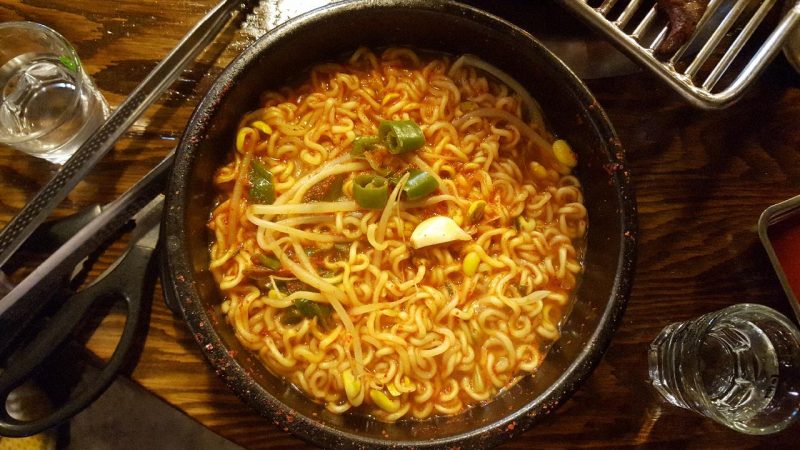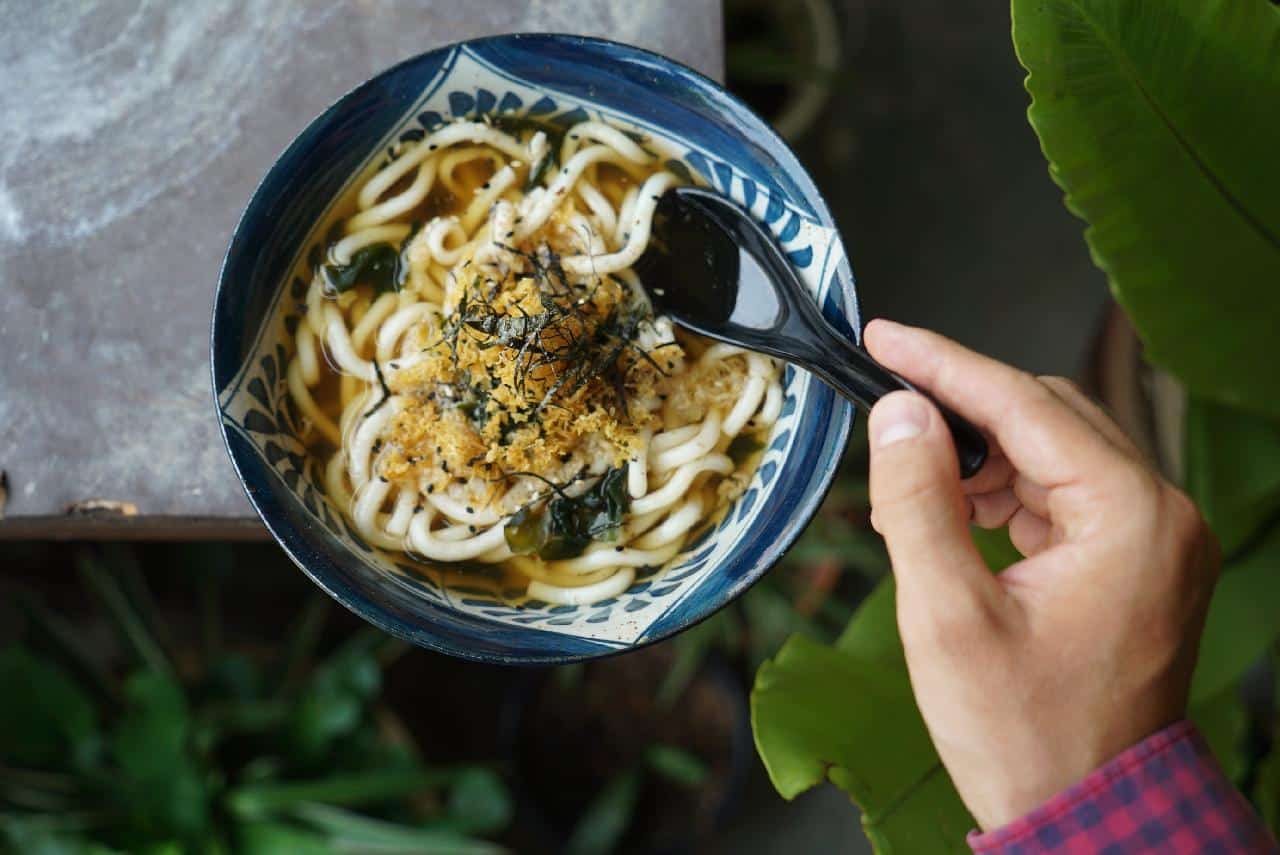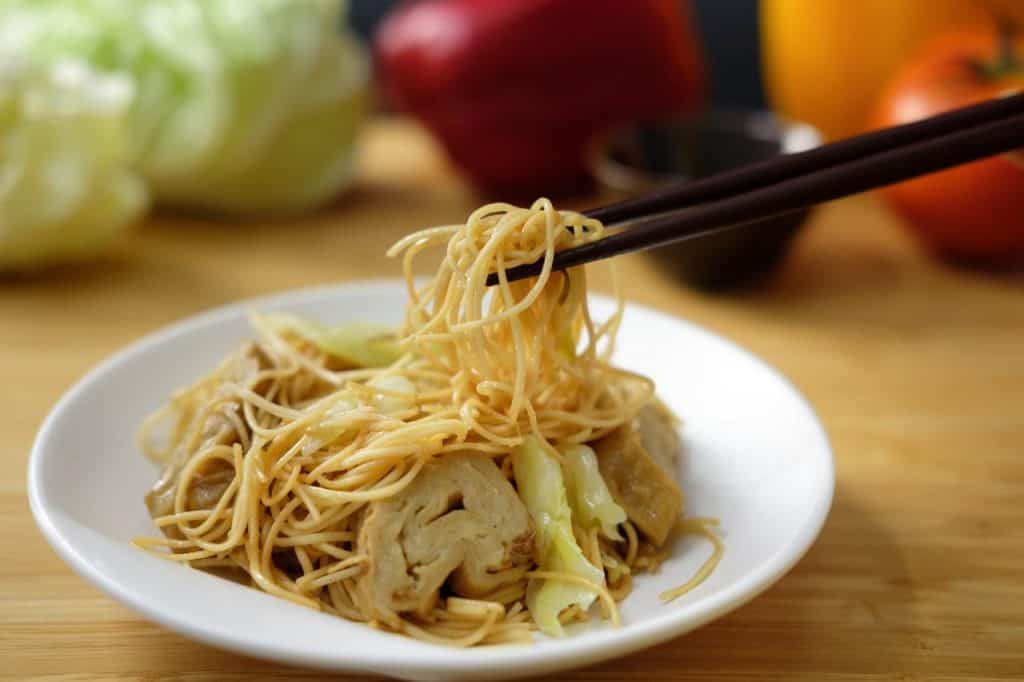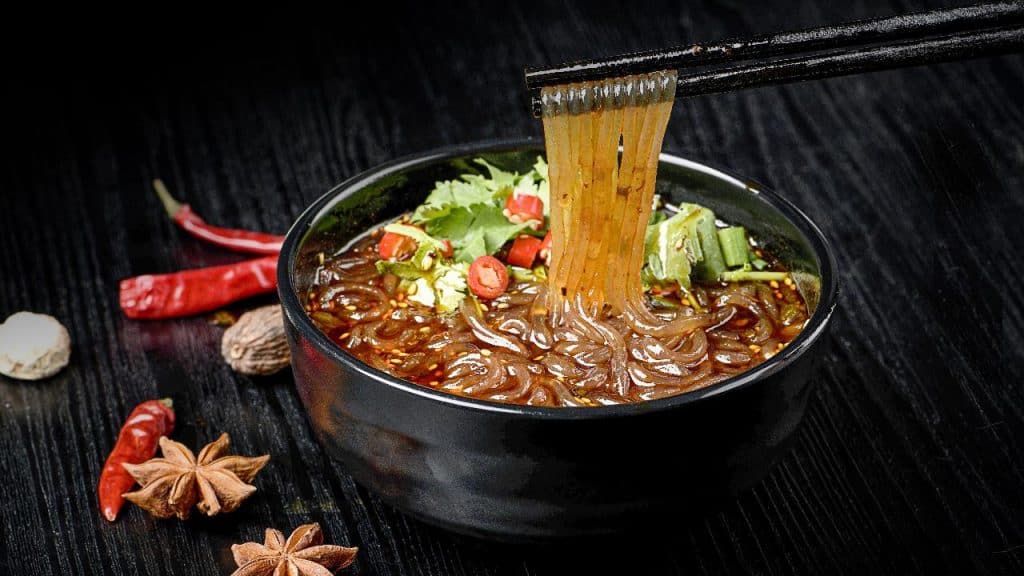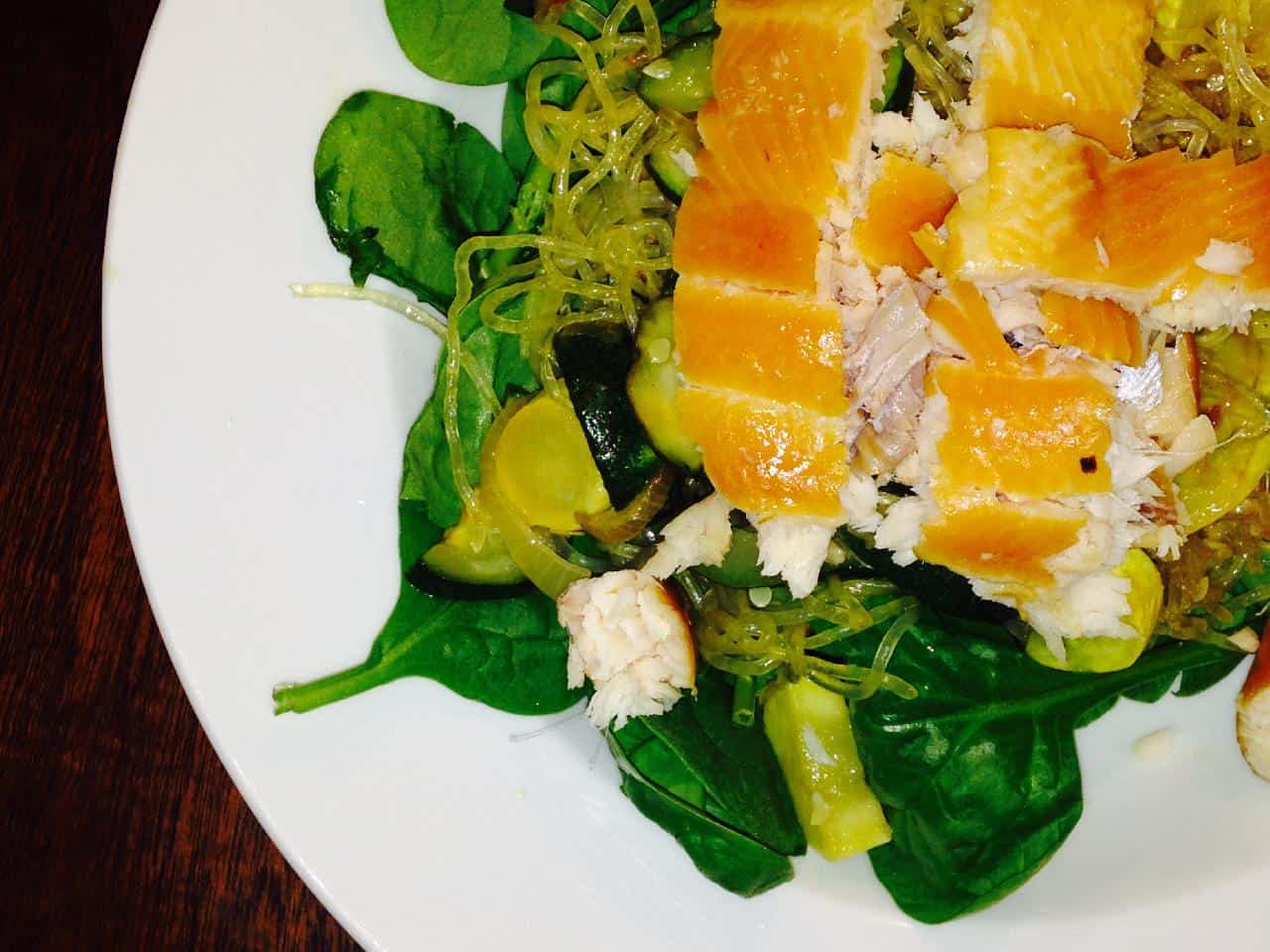Ramen noodles can be eaten in many ways and with different toppings. You can eat them hot, cold, deep-fried, stir-fried, boiled, steamed, or add them to soups.
They are a good source of protein and carbohydrates. But here’s the kicker. They’re low in calories. The Japanese noodle made with wheat flour, water, salt, and alkaline mineral water is a Japanese version of the Chinese wheat noodles.
Almost every region in Japan has its way of making ramen noodles. They can be made with different soup flavors, noodle texture, broth, and toppings.
Traditionally ramen noodles were hand made but because of the increased demand, they are now produced with automatic machines. The taste of these noodles depends on the type of soup which can be made from pork and chicken bone stock as a base.
The soup is usually mixed with onions, shitake, dried sardines, tuna flakes, kombu (type of edible kelp), beef, or pork bones. However, it can be also made with vegetables suitable for vegans and vegetarians.
As a substitute for Ramen noodles, you can use Chinese egg noodles, udon noodles, soba noodles, veggie noodles, shirataki noodles, or some of the following substitutes.
Ramen Noodle Substitutes
Ramen soup has 4 main types: shoyu ramen (flavored with soy sauce), miso ramen (flavored with miso paste), shio ramen (flavored with salt), and tonkatsu ramen (with boiled pork bones).
Ramen noodles are served with a lot of various ingredients used as toppings. Common toppings include fried garlic, nori (seaweed), pickled ginger, boiled egg, scallions, pickled plums, etc.
If you are a ramen noodle lover but you forget to purchase them, or you don’t want to use them because of the high salt content you can use substitutes.
Some of the best ramen noodle substitutes are Chinese egg noodles with a similar flavor to Ramen noodles. You can also use soba, udon, and veggie noodles as substitutes.
1. Chinese egg noodles
Chinese egg noodles include wheat flour, egg, and water. They come in different shapes and widths and have a yellow color because of the egg content. You can add these noodles to soups, stir-fries, and many other dishes as a substitute for ramen noodles.
2. Udon noodles
Udon noodles come in different shapes and sizes. They can be flat or thick and round, and you can find them as dried and fresh.
Udon noodles work well in various soups, salads, stir-fries, or cold with a dipping sauce. Veggies, meat, eggs, shrimps, and fried tofu are common toppings for these noodles.
3. Soba noodles
Soba noodles have a slightly darker color than udon noodles. They consist of buckwheat flour and have a nutty, earthy flavor.
They are spaghetti-thin and work amazingly in cold dishes. However, some warm dishes like stir-fries and soups also include soba noodles.
4. Veggie noodles
If you want to add texture, color, and flavor to your dish you can use veggie noodles. They consist of zucchini, carrots, winter squash, sweet potatoes, and beets.
These noodles have a high content of vitamins, minerals, and fiber. You can use these noodles as a healthy substitute for ramen noodles in salads, soups, and stir-fries.
Also Check: 8 Best Lo Mein Noodles Substitutes
5. Shirataki noodles
Shirataki noodles consist of the fiber in the root of a plant called konjac. They are long with white color and are low-calorie noodles with many health benefits. You can use shirataki noodles in stir-fries, gravies, salads, and many other colds and hot dishes.
6. Wonton noodles
Wonton noodles consist of wheat flour and eggs. They are a common ingredient in a dish called wonton noodles. You can serve them dry or in a hot soup with wonton dumplings and garnished with some leafy vegetables.
Wonton noodles come in wide and thin varieties. You can use them in stir-fries and many other dishes as a substitute for ramen noodles.
7. Rice noodles
Rice noodles come in various shapes, textures, and thicknesses in fresh, frozen, and dried forms. They consist of water and rice flour and work well in stir-fries, soups, and salads.
When you are using rice noodles you have to cook them properly. Otherwise, they will be mushy and inedible. Rice noodles are gluten-free and are suitable for people allergic to gluten.
8. Glass noodles
Made of potato starch, tapioca starch, or mung bean, glass noodles are translucent. They are thin and don’t have a specific flavor. So, they take on the flavors from the other ingredients used in the dish. You can use add glass noodles in soups, stir-fries, hot pots, or spring rolls.
9. Kelp noodles
Kelp noodles consist of seaweed kelp, water, and sodium alginate. You can use them softened or uncooked depending on what texture you want to accomplish in your dish. They have a neutral flavor and work well in salads, stir-fries, soups, or as a substitute for pasta.
10. Spaghetti
Spaghetti is not with the same flavor and form as ramen noodles. But if you have them at home you can try to transform them into ramen noodles.
Just add one tablespoon of baking soda to the water where you are cooking the spaghetti. They will get a similar taste and texture to ramen noodles.
Substitute for Ramen Noodles in Salad
As a substitute for ramen noodles in a salad, you can use all the substitutes mentioned above including shirataki, udon, soba, kelp, glass, rice noodles, etc.
Cheap Alternatives to Ramen
The cheapest alternative to ramen noodles is pasta. But you can also use veggie, rice, kelp, shirataki, soba, udon, and glass noodles as a healthier alternative.
FAQs
Can you substitute spaghetti noodles for ramen noodles?
Yes, you can substitute spaghetti noodles for ramen noodles. If you want to get a better flavor similar to ramen noodles you can boil them in water with 1 tablespoon of baking soda.
What kind of noodles are ramen noodles?
Ramen noodles consist of wheat flour, salt, water, and alkaline water which makes them elastic and firm with yellow color.
Last Words
Ramen noodles are the most popular types of noodles. However, because of the MSG, TBHQ, and high sodium content ramen noodles can be bad for your health. Thus, you should substitute them with some healthier types of noodles.
